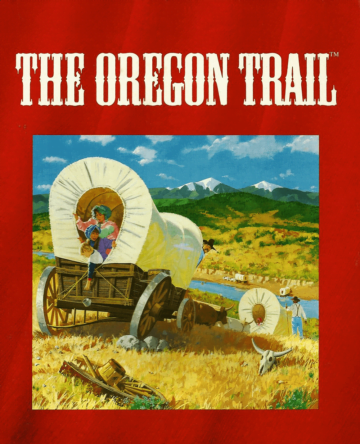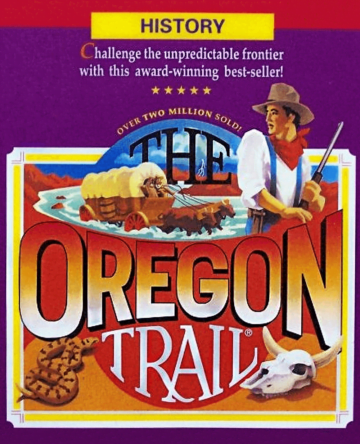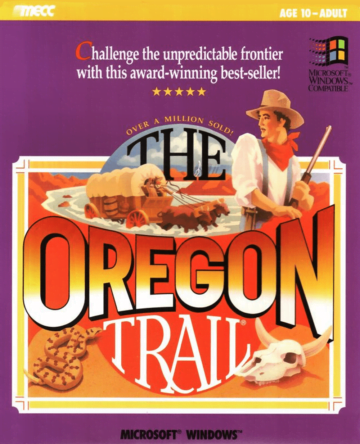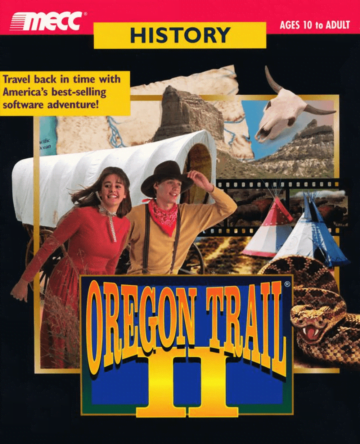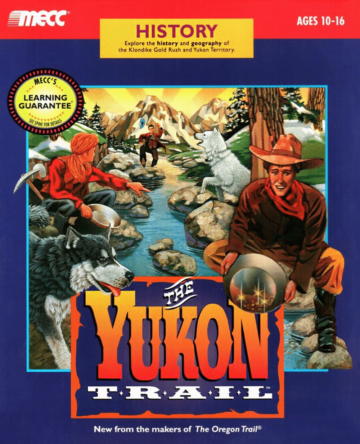The MECC Era
From Classroom Hit to MECC Sensation
In 1974, Don Rawitsch was hired by the Minnesota Educational Computing Consortium (MECC), an organization focused on developing educational software for classrooms.
He painstakingly transcribed the 1971 BASIC code into the organization’s time-sharing network and refined the frequency and details of random events within the game to better align with the accounts found in historical diaries of Oregon Trail travelers.
In 1975, the game, now titled OREGON, was made accessible to all schools on the network, rapidly becoming one of the most popular programs with thousands of monthly players.
A Game Transformed
The Evolution of The Oregon Trail
Rawitsch published the source code for The Oregon Trail, which was written in BASIC 3.1 for the CDC Cyber 70/73-26, in Creative Computing’s May–June 1978 issue.
In the same year, MECC began promoting the adoption of the Apple II microcomputer. John Cook adapted the game for the Apple II, which appeared on A.P.P.L.E.’s PDS Disk series No. 108. Subsequently, in June 1978, J.P. O’Malley created Oregon Trail 2.
Continuing the Journey
The Ongoing Legacy of The Oregon Trail Games
The game series continued to evolve with Oregon Trail Deluxe in 1992, followed by Oregon Trail II in 1995, The Oregon Trail 3rd Edition in 1997, and subsequent 4th and 5th editions. As of 2011, The Oregon Trail series had sold over 65 million copies, cementing its place as an educational gaming classic.
These games have not only educated but also entertained generations, making the Oregon Trail Games an integral part of the history of computer gaming and educational technology.
